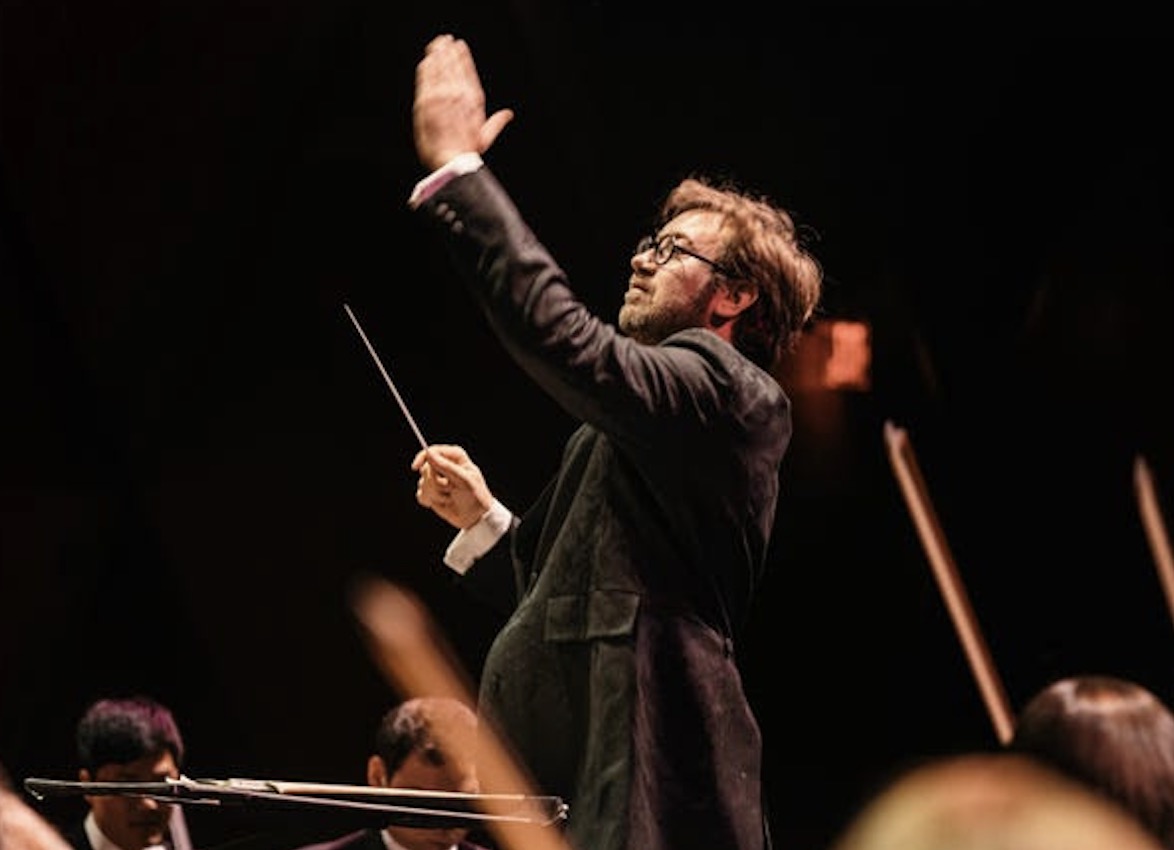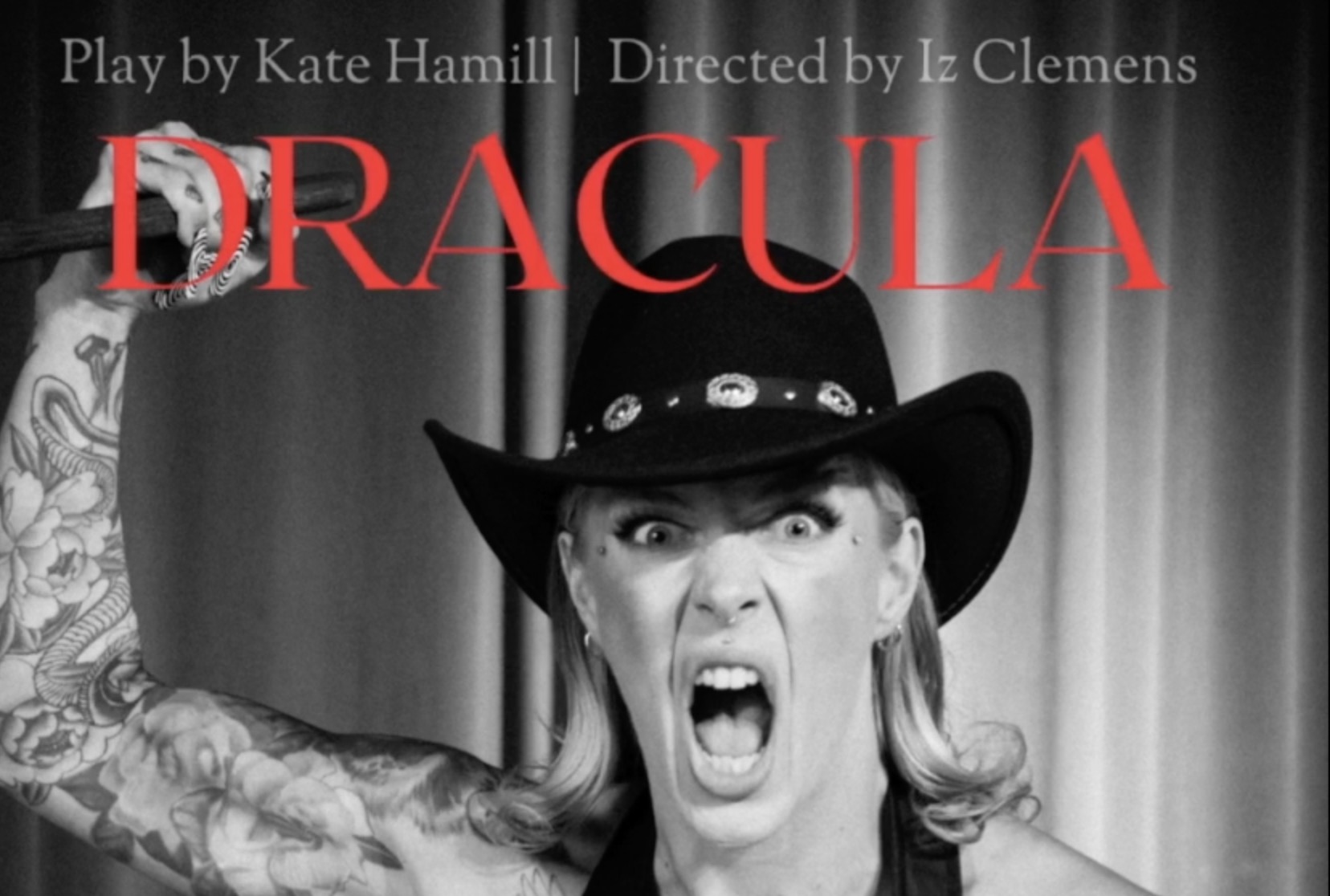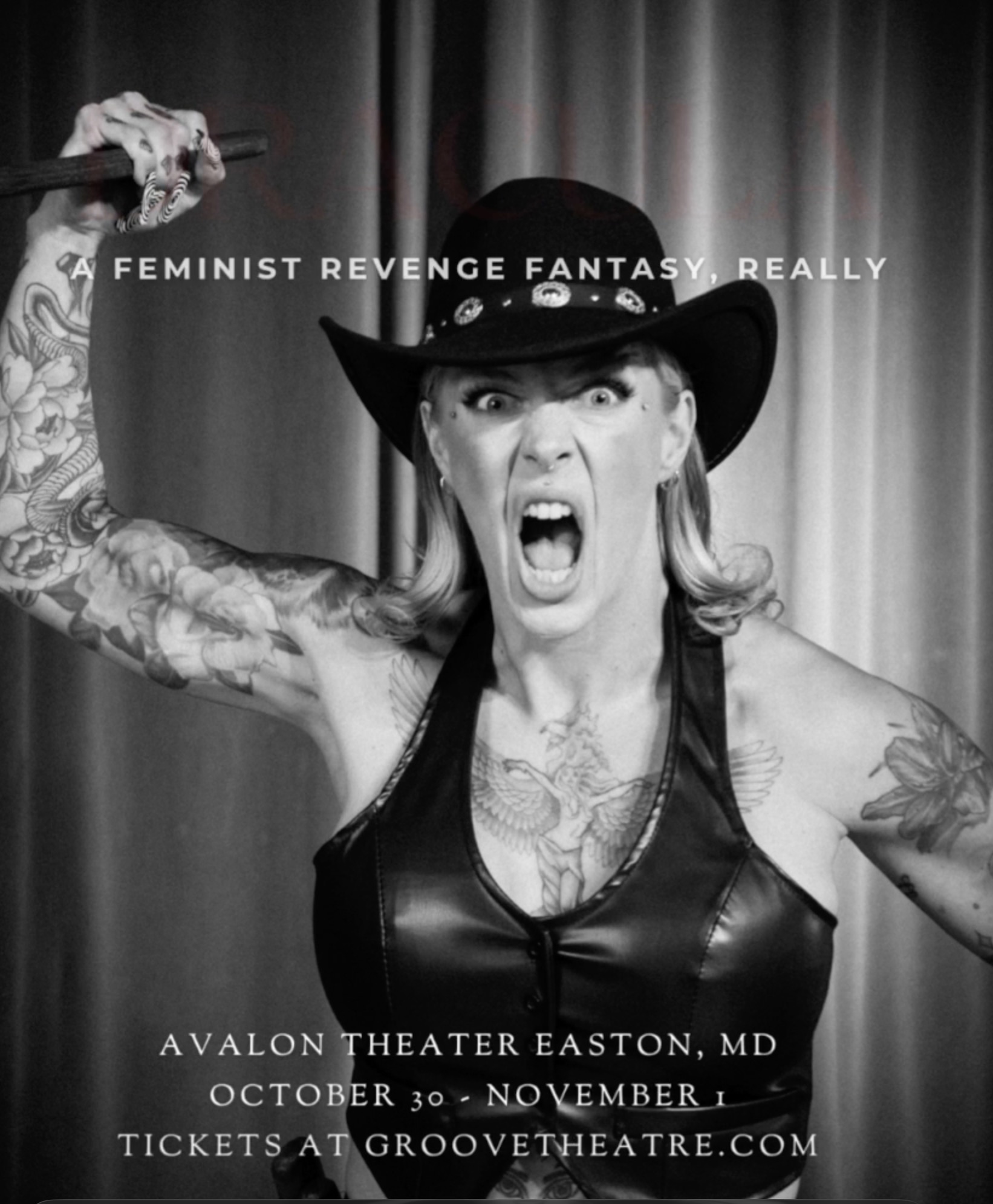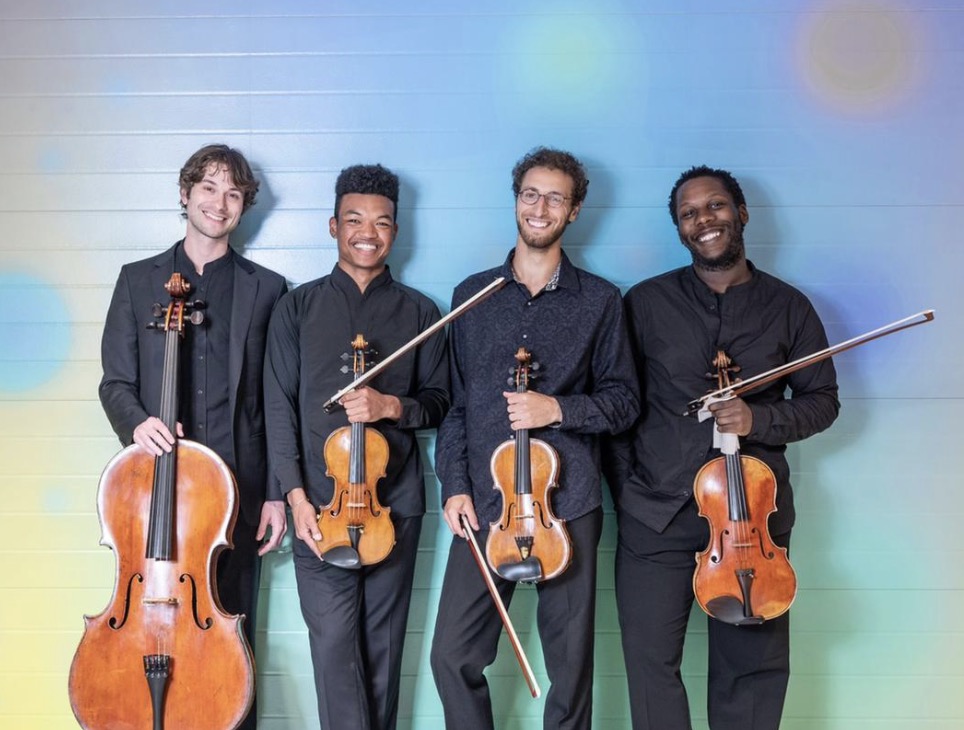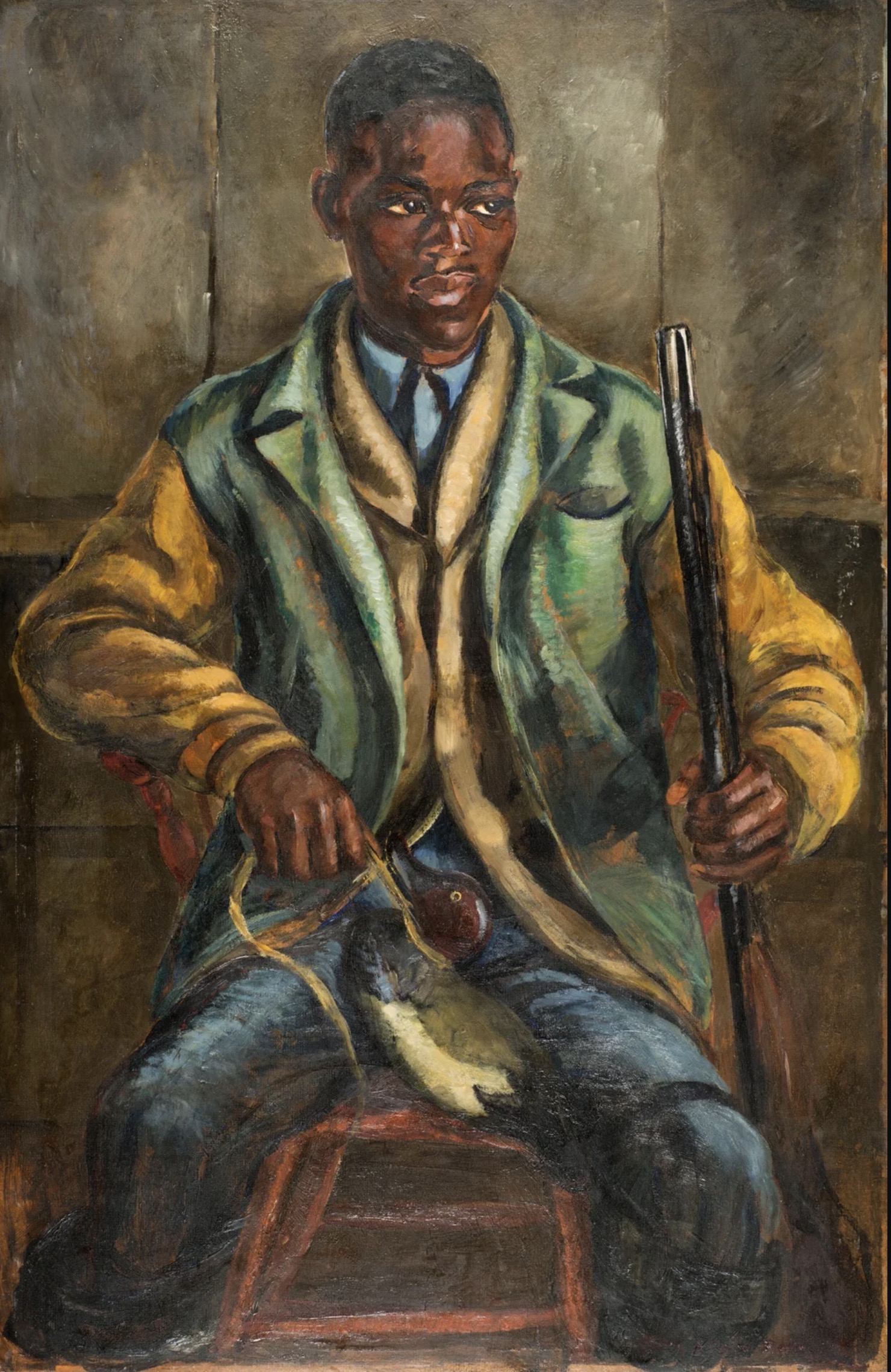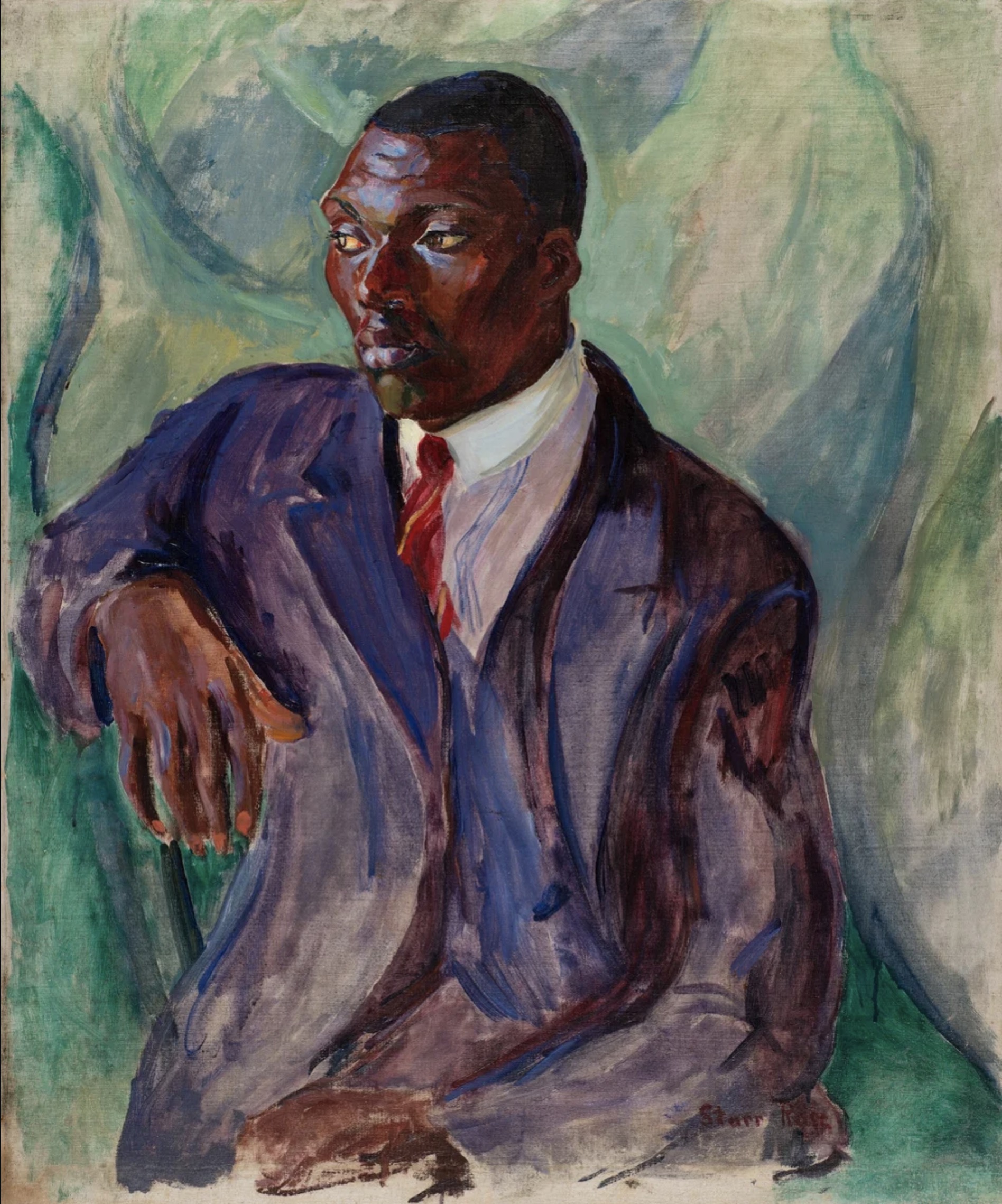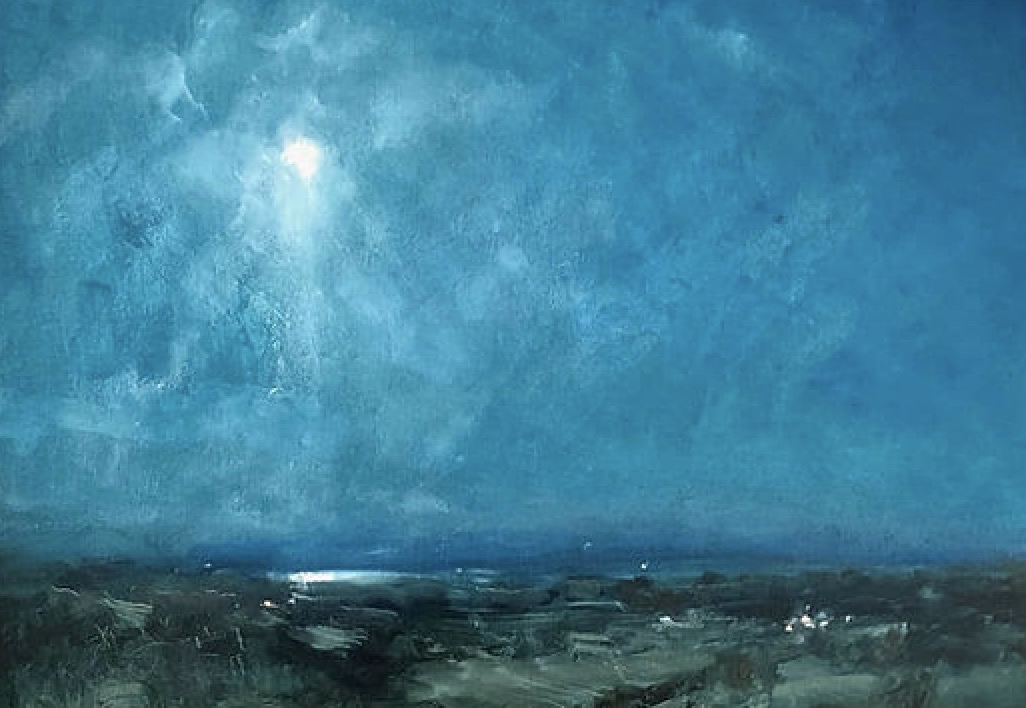It’s not unusual that a guest conductor will bring a different vibe in his choice of a classical repertoire to present to a one-time-only audience. But it is a bold step to promote the concert as “Echoes of Greatness.”
For much of his three seasons as music director of the Mid-Atlantic Symphony Orchestra, Michael Repper has mixed in works by lesser known composers – often discovered or rediscovered after decades and even a century of obscurity, underrecognized in their lifetimes as minority or female artists.
George Jackson, a native and resident of London whose Stateside contract as music director of the Amarillo (Texas) Symphony was extended in 2024 for three years, says his program “resonates with the legacy of three of history’s most extraordinary composers – Beethoven, Mozart and Mendelssohn – who represent the great orchestral voices of Vienna, Germany and London.” For his guest gig, Jackson conducted a full plate of music by this trio among the foremost long-dead European composers of all time. Together, their masterpieces comprise about as hearty a meat-and-potatoes menu as you can digest – but with a bit of a twist.
The concert opens with a Beethoven overture. He wrote a great many of them, presumably to keep himself solvent. His genius was not evident in some of those pieces. But the Coriolan Overture to the opera “Fidelia” is an exception. (Among his many attributes as a conductor, Jackson is noted for his fluency in operatic scores.) Beethoven sticks to “Fidelia’s” two dramatic themes: the title Roman Empire general’s quest for revenge against his usurpers and his mother’s plea for him to avoid an inevitably tragic end. Sudden bolts of C minor chords pulsate with Coriolan’s rage, featuring the bombast of timpani (Dane Krich) and brass, led by principals on trumpet (Guy McIntosh) and horn (Anne Nye). The tender E-flat major sonata theme of the mother’s fears for her son’s fate, conveyed by lower strings (viola and cello principals Yuri Tomenko and Katie McCarthy), brings to mind, in part, the immortal symphonies Beethoven wrote before and after the overture – Symphony No. 3 (“Eroica”), possibly inspired by Mozart’s Symphony 39, which follows Coriolon on the program, and the thunderous Fifth.
The opening of Mozart’s Symphony No. 39, written at a feverish pace with two other of his late symphonies, demonstrates how far ahead of his time Mozart was regarding clarinets. Barely accepted as an orchestral instrument in his time, the clarinet is prominently featured in what’s also known as his “Eb” symphony, led in this concert by Brian Tracey along with Eric Black. The melodically stated introduction morphs into a pastoral-themed, violin-led allegro echoed by the horns and oboe principal Dana Newcomb. A slower A-flat movement follows with elaborations of earlier themes, concluding with a lively minuetto with a clarinet solo liberally sprinkled with flute accompaniment led by Mindy Heinsohn.
The single-theme finale is considered the most Haydn-inspired movement Mozart ever wrote, perhaps as an ode to his friend and mentor, although its imaginative variations suggest the compositional dexterity of Beethoven, with its sudden silence preceding a final rush of violins plus woodwinds, including principal bassoonist Terry Ewell, toward a spirited finish.
By then, it’s high time for an intermission break for the players and the audience as well. It’s also time for the youngest of 19th-century greats to be heard. Felix Mendelssohn was only 15 when he completed his astonishingly mature First Symphony in 1824. A bold and stormy opening movement in C minor shows his youthful respect for elders with its near-deathbed elegy to Beethoven. The second movement minuetto sounds more like a scurrying scherzo than a courtly dance, setting the stage for a finale bursting with violin counterpoint paced by concertmaster Kimberly McCollum and associate Paula Sweterlitsch in a salute to Bach, who also inspired impressionable young Felix.
While Mendelssohn later downplayed his child-prodigy brilliance – even rewriting parts of his Symphony No. 1, the orchestral gem stands today as a bridge linking the stately Classical legacy to the new-age Romanticism.
‘ECHOES OF GREATNESS’
Mid-Atlantic Symphony Orchestra concert guest conducted by George Jackson of classical masterpieces by Beethoven, Mozart and Mendelssohn at Easton Church of God, Thursday night, Nov. 6. Final two concerts 7:30 p.m. Friday, Nov. 7, Ellsworth United Methodist Church, Rehoboth Beach, and 3 p.m. Saturday, Nov. 8, Community Church, Ocean Pines, MD. midatlanticsymphony.org
Steve Parks is a retired New York arts critic now living in Easton.
